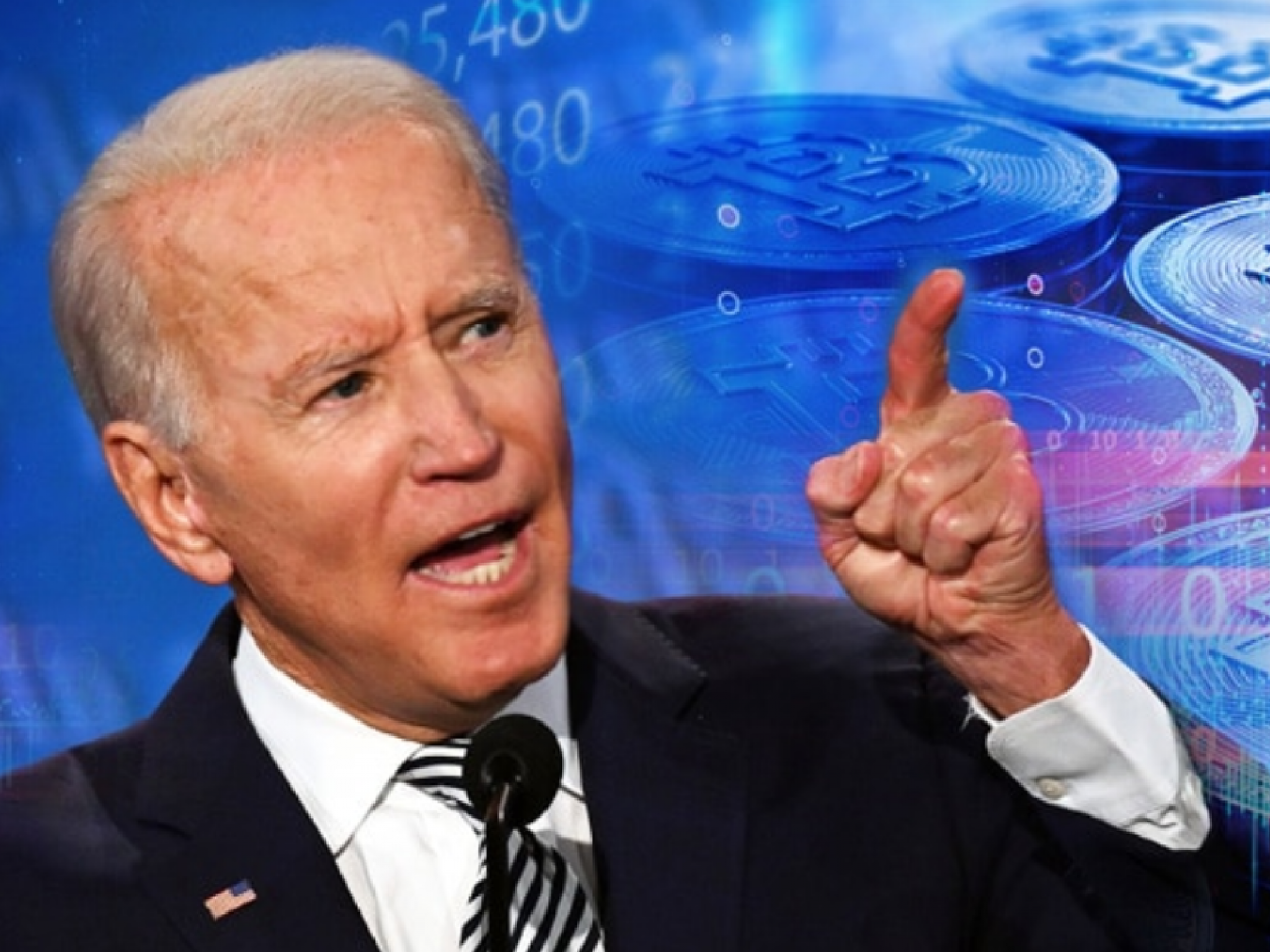
Marcus Sotiriou, Analyst at the UK based digital asset broker GlobalBlock
Whilst Bitcoin (CRYPTO: BTC) consolidates below the important $40k level, rising oil prices has created more fear surrounding out-of-control inflation and its subsequent impact on global markets. Many economists are now anticipating stagflation, which is a toxic combination of red-hot inflation and low or negative growth. Oil prices have rocketed to over $120 per barrel, as they approach record prices of $147 per barrel which was seen in 2008. Wheat, natural gas and industrial metals have all soared too. This raises concerns that the US’s Federal Reserve will be forced to raise rates faster and harder, meaning economic growth slows, whilst essential prices increase. The end result of stagflation is that global markets suffer, as we can see from the 1970s which was a poor decade for the S&P 500.
I think that stagflation is a genuine concern, but the Federal Reserve has conveyed that they will choose their decisions from looking at the data. Unless inflation data on March 10th is significantly higher than expected, I think it is likely that the Federal Reserve will raise rates by 25 basis points on March 16th, hence giving markets some clarity.
Aside from the March 10th CPI data, the market is cautiously anticipating Joe Biden’s executive order on cryptocurrencies this week. This has been known about before the war in Ukraine and was originally intended to mainly address stablecoins and CBDCs. However, due to the increased concerns of Russia using crypto to evade sanctions, many are worried that the order will impose strict regulatory changes that will hinder the crypto industry. I think that regardless of whether the ‘strategy’ is co-operative for the crypto market or not, this clarity from the government level is a positive in the long run - institutions will hopefully have a deeper understanding of where they stand.










